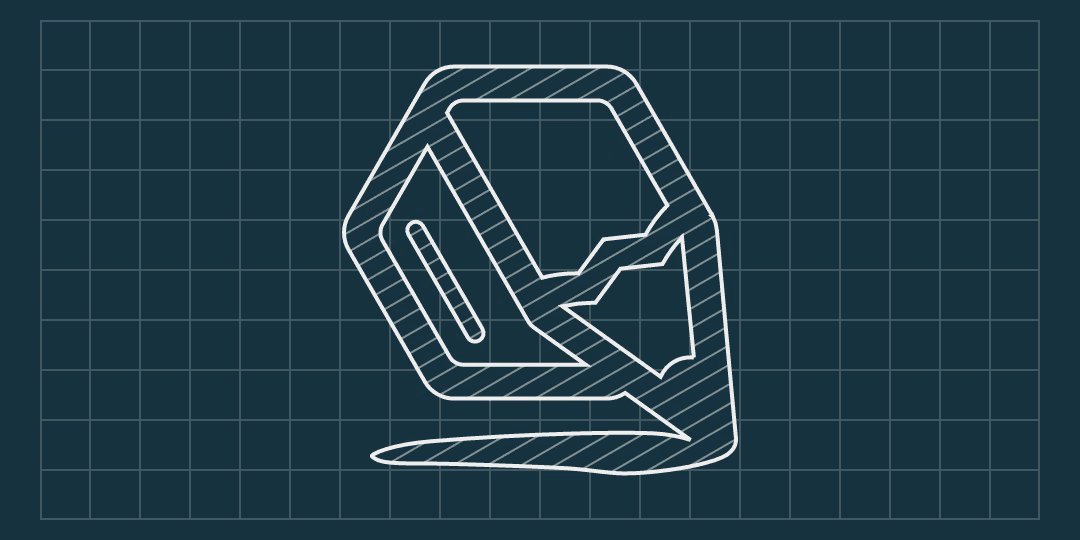Graphite is an open source, cross-platform digital content creation desktop and web application for 2D graphics editing, photo processing, vector art, digital painting, illustration, data visualization, compositing, and more. Inspired by the open source success of Blender in the 3D domain, it aims to bring 2D content creation to new heights with efficient workflows influenced by Photoshop/Gimp and Illustrator/Inkscape and backed by a powerful node-based, nondestructive approach proven by Houdini, Nuke, Blender, and others.
The user experience of Graphite is of central importance, offering a meticulously-designed UI catering towards an intuitive and efficient artistic process. Users may draw and edit in the traditional interactive (WYSIWYG) viewport with the Layers panel or jump in or out of the node graph at any time to tweak previous work and construct powerful procedural image generators that seamlessly sync with the interactive viewport. A core principle of the application is its 100% nondestructive workflow that is resolution-independent, meaning that raster-style image editing can be infinitely zoomed and scaled to arbitrary resolutions at a later time because editing is done by recording brush strokes, vector shapes, and other manipulations parametrically.
One might use the painting tools on a small laptop display, zoom into specific areas to add detail to finish the artwork, then perhaps try changing the simulated brush style from a blunt pencil to a soft acrylic paintbrush after-the-fact, and finally export the complete drawing at ultra high resolution for printing on a large poster.
On the surface, Graphite is an artistic medium for drawing anything imaginable. Under the hood, Graphite's node graph engine powers procedural graphics processing to produce unique artwork and automated data-driven visualizations. Graphite unlocks your creative potential in a familiar, free, accessible, and lightweight package.
